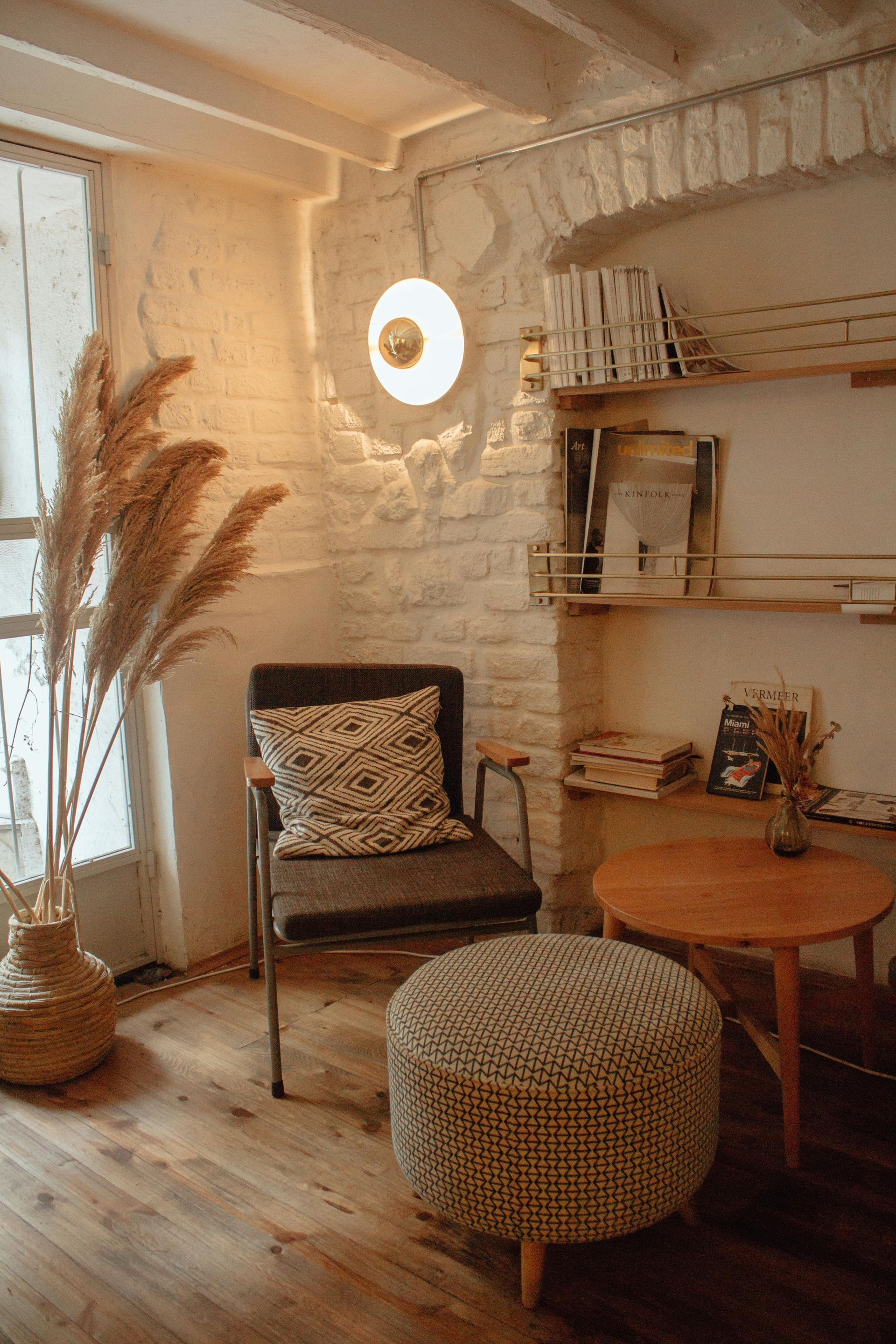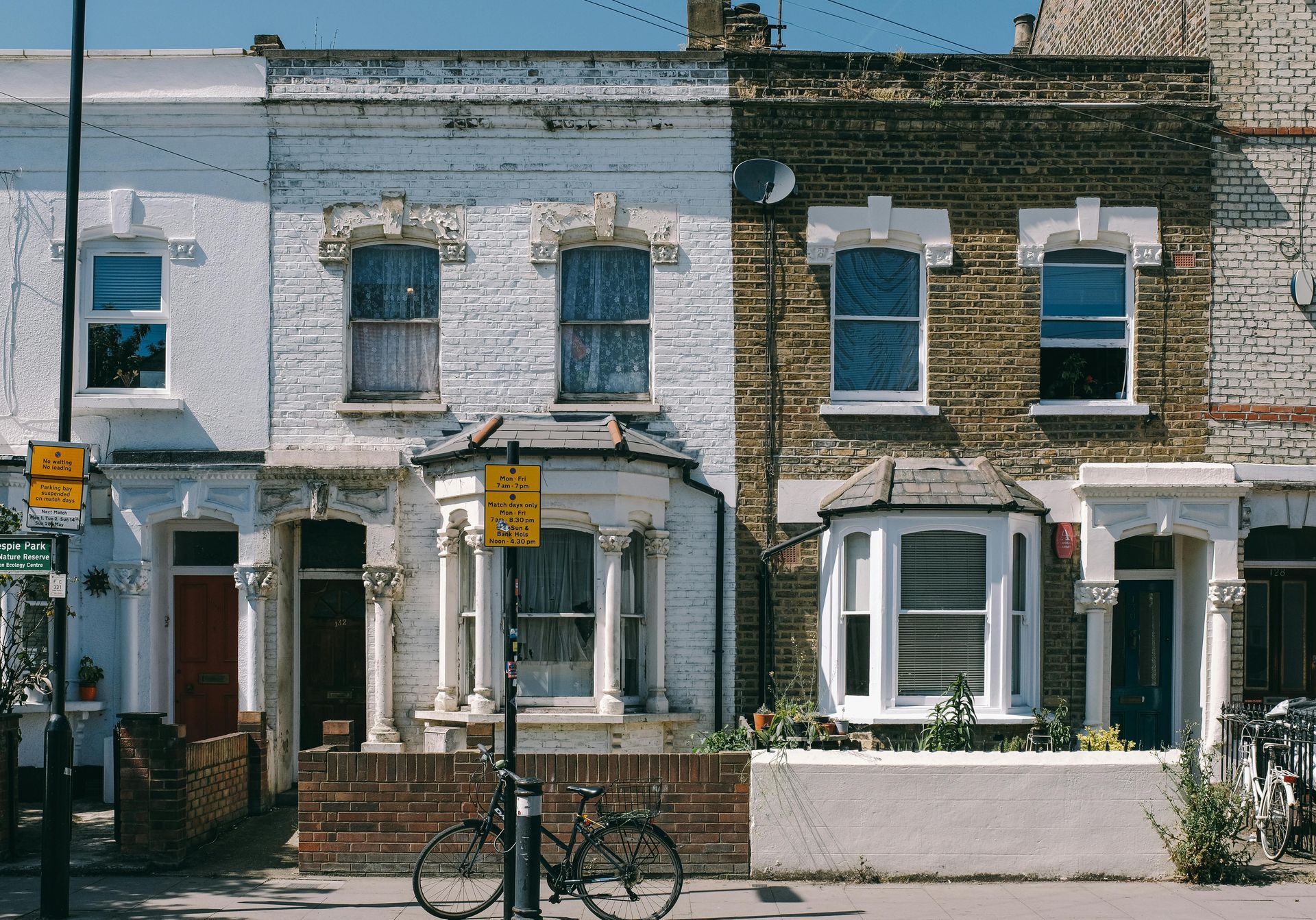4 Tips to Consider Before Investing in Buy-To-Let Properties
Even with the global economy being where it is today, buy-to-let properties remain a good and reliable investment and are expected to remain that way for the next five years in London and other regions.
However, while a strong market can be a good indicator of future success, it is not often not set in stone. This is primarily because there are many other factors that can affect the success of buy-to-let property investments. Without considering these other factors, you might significantly decrease your chances of success when it comes to your investment.
If you are thinking about investing in real estate to rent or lease it out, here are valuable tips that you should consider for better returns:
1. Prepare for void periods and changes in market conditions
A market can change in unexpected ways, as has been shown by the COVID-19 pandemic. This can trigger shifts in the demand of the housing market, and cause tenants to end their leases early in search of more affordable housing.
In the event of sudden market changes, you are likely to experience void periods or periods in which your property has no tenants. As such, it is important to have some financial cushioning to ease the weight of changing markets.
2. Do not invest without proper knowledge
Investments in real estate are no easy endeavour, as developing the skills for it often takes years. Having a keen eye for which properties are more likely to be in demand is something that is developed with experience, or with the help of experts.
There are plenty of resources available for those who want to better understand real estate investments, from consultations with real estate professionals to the data on current trends in the market. Whichever method you choose, make sure your knowledge eclipses your enthusiasm in terms of size so that you can decide and choose without being impulsive.
3. Ensure that the property is in its best condition
When scouting for your next buy-to-let property investment, make sure to have the properties analysed by expert contractors for any damage or unfavourable conditions. You want to make sure that the property you buy won’t abruptly decrease in value after you’ve made payments.
Even then, you can further increase the value by making it more presentable with repairs and cleanups. It can only improve your bottom line if the property goes up in value right before you put it on the market.
4. Screen and choose the right tenants
It is important to gauge whether a prospective tenant is right for you, more than just in their capacity to pay their fees on time. While the financial capability of your tenants is indeed an important consideration, remember that it also goes beyond that.
It is quite likely that you will be interacting with a tenant for a long time, and as such, it is vital to choose those who are pleasant to be around and a pleasure to transact with. At the end of the day, there are no negatives to having a positive relationship with your tenants.
Conclusion
The real estate industry can be daunting and difficult to navigate, especially for new investors. Because of this, it can be easier with the right mindset and enough knowledge of the market. It is, after all, an investment like any other, with tried and tested methods to achieving success. By following the tips mentioned above, you’ll be confident in making an investment that will see your gains increase over time.
Are you curious about buy-to-let properties as an investment? We’re the ones to call! We are a leading independent
mortgage brokerage with experience in all aspects of lending and finance. Get in touch with us today to see how we can help!










